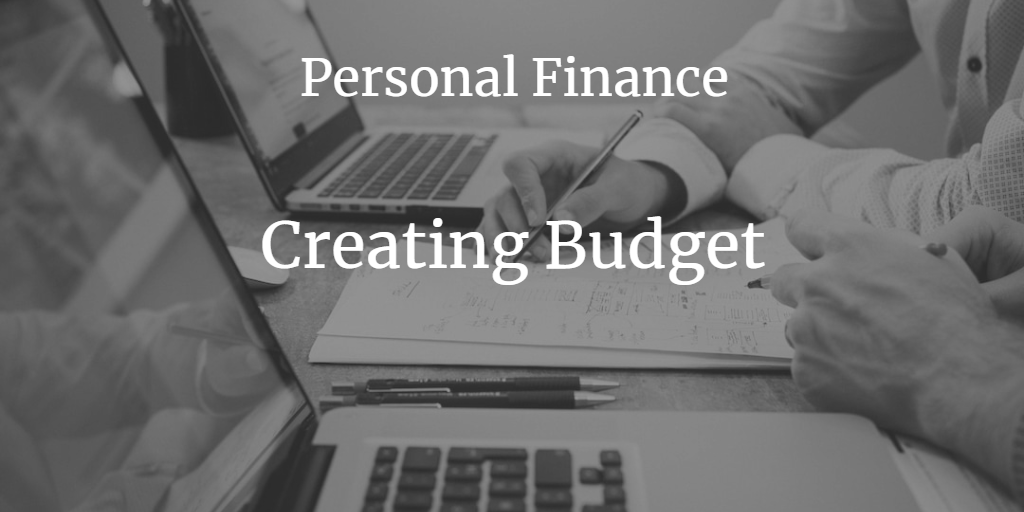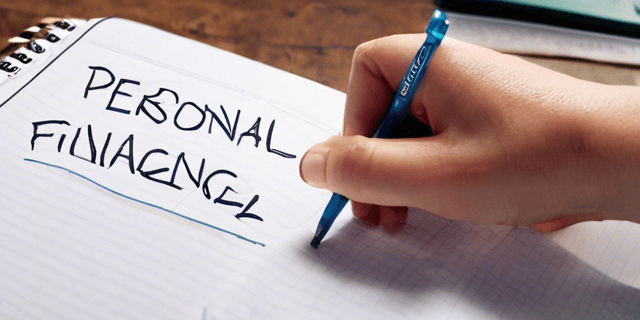In our previous post on basics of personal finance, we have gone through some of the core concepts of personal finance. To be honest, it doesn’t matter how much we make if we don’t manage our finances well. We have seen people who earn high, becomes broke after a while. That’s the reason budget is very important to carefully manage our finances. That’s why it is called one of the important fundamentals of personal finances. I know, creating and managing the budget seems to be a daunting task, but if we stick to it we can see that it improves our financial journey. The key here is successful budgeting.
In simple terms, a Budget is a way to keep track of your spending so that you will be sure that you are not going out of control and managing your money better. Along with that, it helps us to reach our goals. Let us go through some of the steps in creating a budget so that we can understand how it works and how we can make use of the Budget in our life to make our finances better. There are mainly 4 steps which are necessary for creating a budget.
Start tracking your income and expenses. Create goals as per your current and future needs. Allocate your income based on needs, wants and savings. Monitor & Adjust accordingly.
Now this is just the starting point, we will go through the steps in detail but these are mainly the steps required for you to create the budget and be better in your finances.
Step 1: Start tracking your income and expenses
The first step for creating a good budget is to track all your income sources, like income from salary, income from side hustles, dividends etc. After that track all your expenses like rent, groceries, bills, transportation costs etc.
You can use any budgeting app or even a spreadsheet which can make it easier and it will be more organized. Now when you have all your income and expenses listed down you will know how much money you are saving at the end of the month or if are you going over the budget. If you are going over, the next step is to reduce the expenses, if you are saving then you are doing good and can find ways to save more. Tracking helps you to visualize your spending pattern.
Step 2: Set financial goals
Since you have tracked down your income and expenses, you will gain some idea about your financial situation. So it is the time to set your goals based on the information you have about your financial situation. Financial goals are mainly of two types, short-term goals (1-3 years time frame) and long-term goals (5-10 or more years time frame). So you should set your financial goals, and work towards them to fulfil them in the future.
We should always try to set SMART (Specific, Measurable, Achievable, Relevant, and Time-bound) goals. For example, I want to pay off my $1000 debt in 3 months. In this way, you will know about your goals and can work towards them since you know your income and expenses. It’s good to write down your goals so that you can track them easily and work towards them. While writing down it is also necessary to prioritize your goals which will help you to find out what is the most important goal.
As mentioned goals should be measurable and time-bound so that you will know exactly how much money you should set aside every month to complete particular goals and thus you can track your progress towards the goal every month.
Step 3: Allocate your income based on needs, wants and saving
Once you have the budget set up and your goals listed down, it is time to set up a budget tracking system. Budget tracking should be simple and easy to follow, and thus you should start with something very basic. Though there are several budget tracking systems, the most common one is the 50/30/20 rule. This says that you should allocate 50% of your income for your needs, 30% for your wants and 20% for your savings.
You can always start with the basic ones and once you are comfortable you can change them according to your needs. So the step here is that you should allocate your income such that you will be able to pay for everything as well as save for your goals.
Step 4: Monitor and adjust accordingly
The first three steps are for you to create the budget, but the most important step is this one where you have to monitor your spending and you have to adjust accordingly. Monitoring once a month is recommended. You have to monitor it and adjust your budget as per your needs. Like for example, if any month you have more expenses then you need to adjust accordingly, like reducing the wants or savings etc.
You can be flexible with your budget as it is not a hard and fast rule that you have to follow the budget always, because as you know life happens. There might be some unexpected expenses or anything which requires money and thus you have to adjust accordingly.
Along with that do not forget to celebrate your wins and reaching your goals one by one is a big deal.
FAQS
Some FAQs regarding creating a successful budget
How do I start creating a budget from scratch?
To start creating a budget from scratch you need to go through all the steps mentioned in the article like
Start tracking your income and expenses. Create goals as per your current and future needs. Allocate your income based on needs, wants and savings. Monitor & Adjust accordingly.
What are the key elements of a successful budget?
The key element of a successful budget is to monitor and adjust accordingly. There is no one universal rule for a budget. Since personal finance is different for different people, similar budgeting techniques will be different. Because a person has to adjust their budget according to their finance.
Are there budgeting tools or apps you recommend?
I use Day to day-to-day expenses to record my Income and Expenses. There are several budgeting tools out there, some free and some paid.
How can I adjust my budget for unexpected expenses?
You can be flexible with your budget as it is not a hard and fast rule that you always have to follow the budget because as you know, life happens. For adjusting the budget, you can reduce the savings and direct that money towards unexpected expenses.
What are the benefits of creating a budget?
The benefits of budgeting are enormous. Budget is a way to keep track of your spending so that you will be sure that you are not going out of control and managing your money better.
 Gopesh Sharma
Gopesh Sharma 
 The Fundamentals of Personal Finance
The Fundamentals of Personal Finance